SaaS Trends Reshaping Business in 2025: Part 1
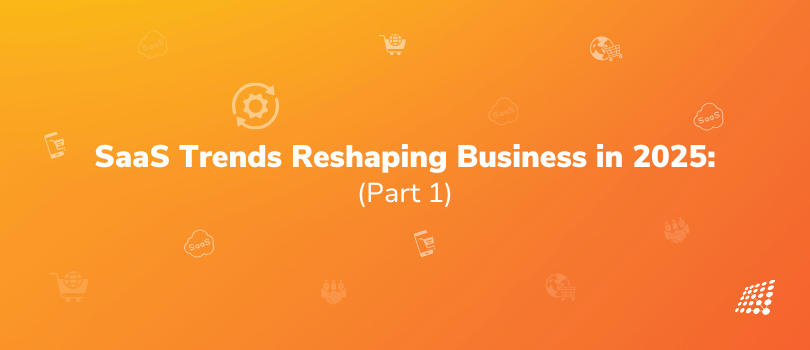
In 2023, the global SaaS market was valued at about $273.55 billion. Estimates even suggest that by the end of 2024, it could reach somewhere between $299 billion and $317.55 billion. And by 2025, we might see it soar to around $408.21 billion! Isn’t that something? If you want to stay competitive, it pays to understand SaaS trends.
In this article, we explore SaaS and seven key trends shaping it.
SaaS Market Growth: The Numbers That Matter
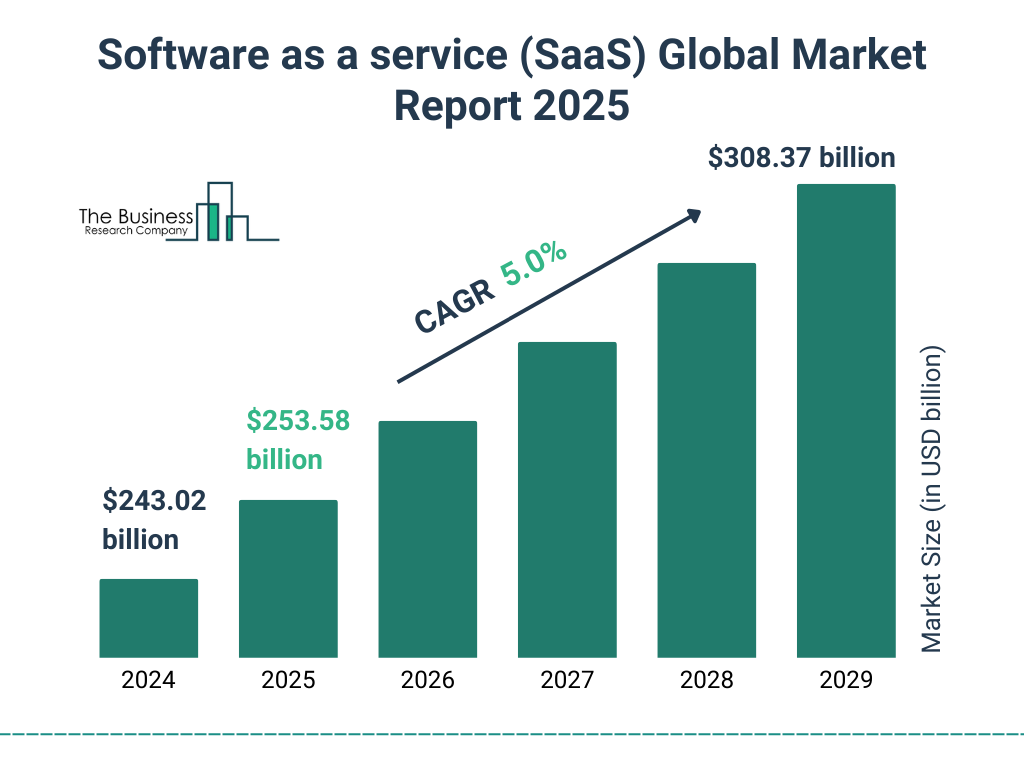
(Source: The Business Research Company)
(The recent growth in the SaaS market highlights a significant uptick in demand, creating many opportunities for businesses. This surge really pushes companies to innovate and offer services that are distinct and appealing. With more players entering the field, competition is heating up, which drives providers to improve their quality and efficiency. On top of that, there’s a great chance for businesses to explore emerging markets, giving them the ability to expand their global presence and diversify their revenue sources.)
Market Size Trajectory
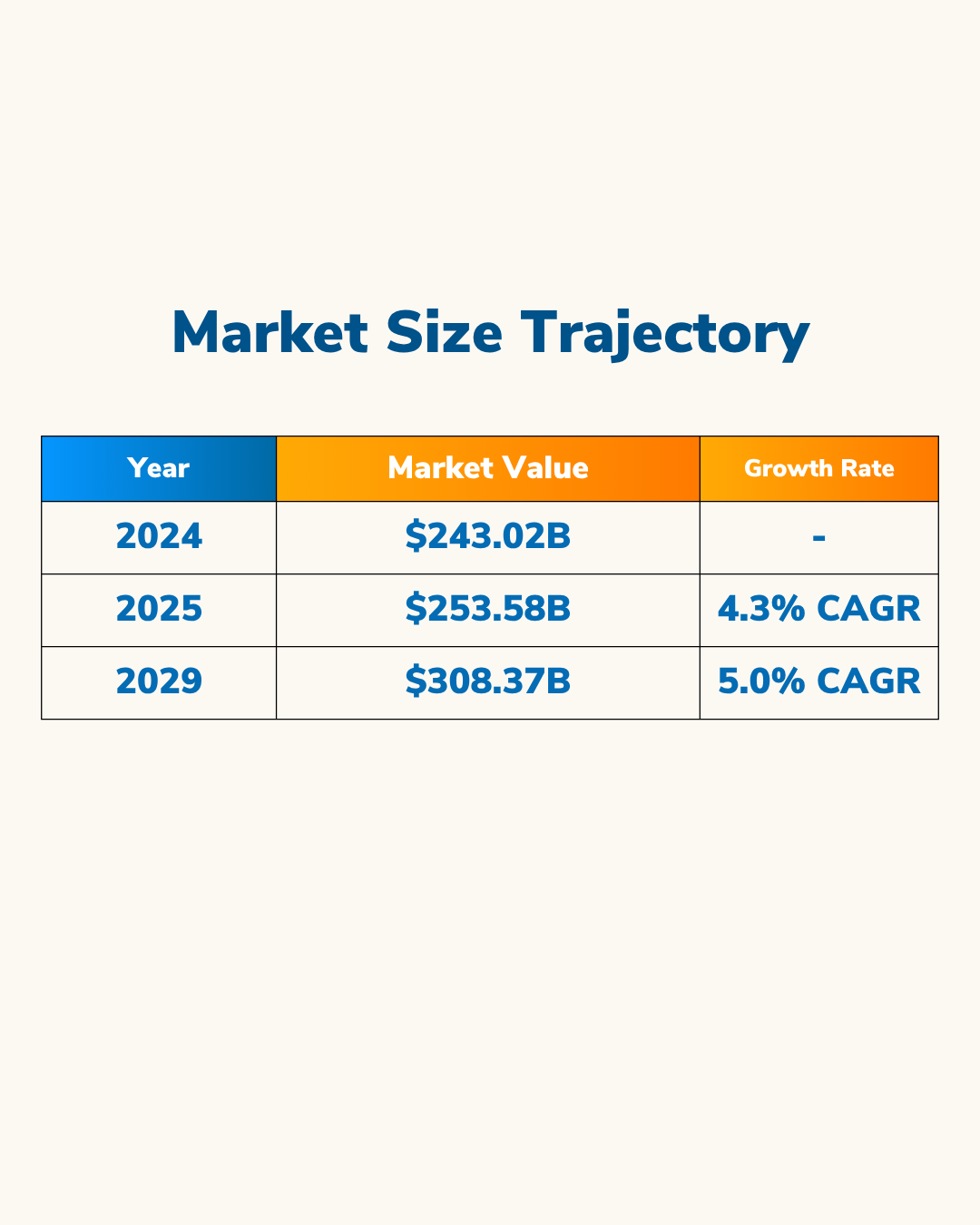
What's Driving This Growth?
Current Growth Factors (2024-2025):
- A surge in internet access
- Advances in technology
- A push to cut IT infrastructure costs
- Various government initiatives
- The increasing reach of e-commerce.
Future Growth Catalysts (2025-2029):
- IoT technology adoption creating new software needs
- Smart city development requiring integrated platforms
- Post-COVID digital acceleration continuing momentum
The Integration Challenge
“Big companies typically use around 177 SaaS apps, highlighting their need for smooth integration.” – SaaS Statistics and Trends
What this means: Massive need for seamless integration solutions
Major Trends Shaping the Market
- Use of artificial intelligence (AI) to enhance personalization, speed, and security
- A shift towards white label SaaS for tailored solutions that attract clients
- The implementation of centralized analytics to streamline processes
- A focus on mobile optimization
The SaaS market is accelerating, with growth rates increasing from 4.3% to 5.0% as technology adoption deepens across industries.
Trend #1: AI Becomes Essential for SaaS Success
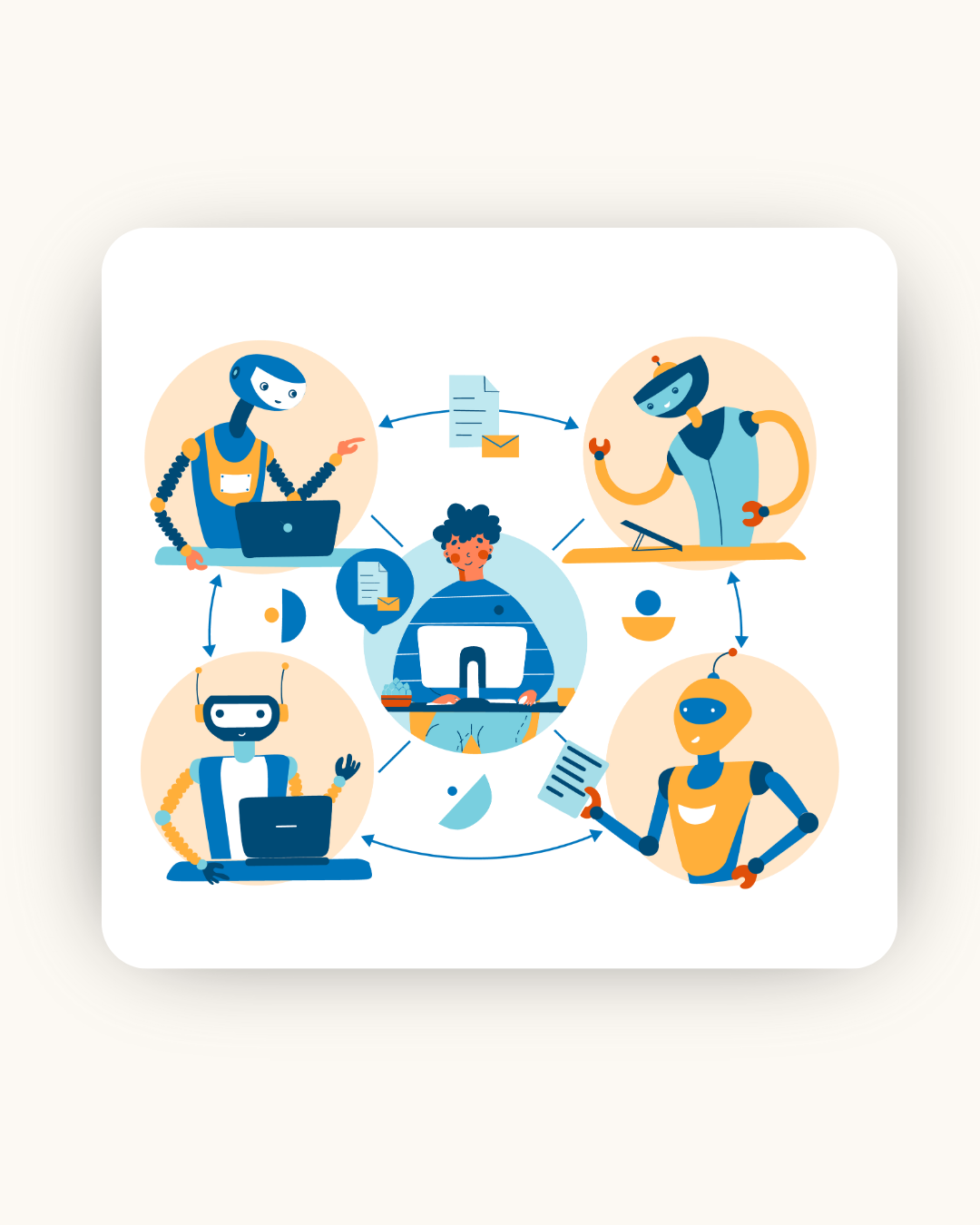
Why AI is Non-Negotiable in 2025
These days, AI is becoming essential for SaaS companies that want to leave a mark in 2025. Businesses are using AI into their day-to-day processes to find useful insights, make better decisions, and foresee market shifts.
How AI Transforms SaaS Operations
Honestly, AI can be a real asset for your team. For example, it:
- Streamlines how your SaaS team operates
- Cuts down on the time spent on repetitive tasks
- Helps create better schedules
- Manages workloads more effectively
- Improves team communication
- Makes working together remotely smoother
“Gartner suggests that by 2025, about 70% of companies will move away from huge datasets to smaller, more manageable approaches, meaning AI will work well even with less data.”
Impact: AI delivers powerful results even with limited data
4 Key AI Applications in SaaS
- Predictive Analytics
- Helps improve customer retention
- Spots accounts at risk in real time
- Intelligent Automation
- Cutts down on manual work
- Lets teams tackle higher-value tasks
- AI-Powered Personalization
- Offers customized experiences to customers
- Gives personalized recommendations
- Amazing User Experience
- Chatbots and conversational AI for 24/7 customer support
- Example: HubSpot uses a chatbot to help generate leads
The E-commerce Connection
AI-driven commerce platforms are revolutionizing customer acquisition for SaaS companies through:
- Behavioral Analytics: Deep insights into user preferences and purchasing patterns
- Personalized Onboarding: Tailored product tours and feature recommendations
- Dynamic Pricing: Real-time optimization based on market conditions and user segments
The effectiveness of these AI applications directly correlates with data quality—companies investing in clean, structured data see 3x better AI performance outcomes.
Future Outlook: The Cost of Inaction
Short-term Consequences (2025-2026):
- Competitive Disadvantage: Manual processes become increasingly inefficient compared to AI-optimized competitors
- Customer Expectations Gap: Users expect AI-powered features as standard, not premium offerings
- Talent Retention Issues: Top performers gravitate toward companies offering AI-enhanced work environments
Long-term Ramifications (2027+):
- Market Share Erosion: Companies without AI integration lose customers to more intelligent competitors
- Scalability Limitations: Manual processes become unsustainable as business volume grows
- Innovation Stagnation: Lack of AI infrastructure prevents adoption of future technological advances
- Acquisition Vulnerability: AI-native companies may acquire traditional SaaS providers at discounted valuations
The Bottom Line: By 2027, analysts predict that SaaS companies without integrated AI capabilities will operate at a 40-60% efficiency disadvantage compared to AI-enabled competitors. The question isn't whether to adopt AI, but how quickly and strategically you can implement it across your operations.
Trend #2: Data-Driven Success: The Foundation of AI
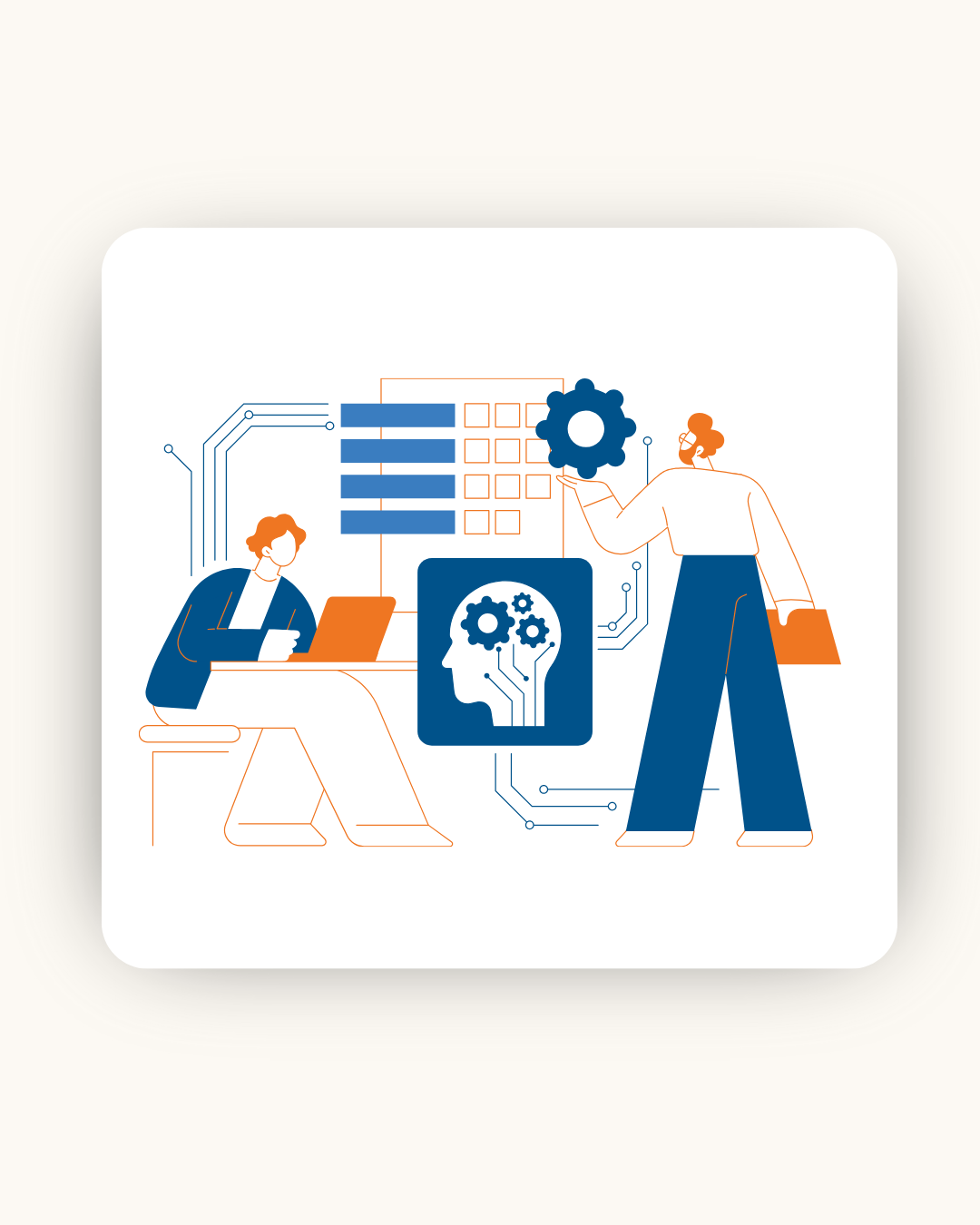
The Challenge:
72% of businesses struggle with scattered data, making consistent customer experiences difficult (Source: Salesforce Study)
The Solution: Strategic Data Management
Unified Data Platforms
- Merge CRMs, ERPs, and other systems
- Create seamless information flow
- Enable 360-degree customer views
Real-Time Data Syncing
- Act on current information instantly
- Enhance team responsiveness
- Improve decision-making speed
Data Governance & Compliance
- Maintain GDPR and CCPA standards
- Build customer trust through transparency
- Ensure data security and privacy
"AI flourishes on organized and clean data. Without it, even the smartest systems can struggle to deliver actionable insights."
— Vlad Voskresensky, CEO of Revenue Grid
The Business Impact
Companies with Strong Data Strategies:
- 1.6x more likely to achieve double-digit revenue growth
- Better forecasting accuracy
- Enhanced customer need anticipation
- Stronger customer trust and loyalty
Competitive Advantages:
✅ Efficiency gains through automation
✅ Innovation acceleration via AI insights
✅ Customer satisfaction through personalization
✅ Market responsiveness with predictive analytics
Action Items for 2025
- Audit your current data quality and organization
- Invest in unified data platforms
- Implement AI-powered analytics tools
- Train teams on AI-driven workflows
- Prioritize data governance and compliance
Bottom Line: AI success depends entirely on data quality. Clean, organized data is your competitive advantage in 2025.
Trend #3: Vertical SaaS Specialization Takes Center Stage
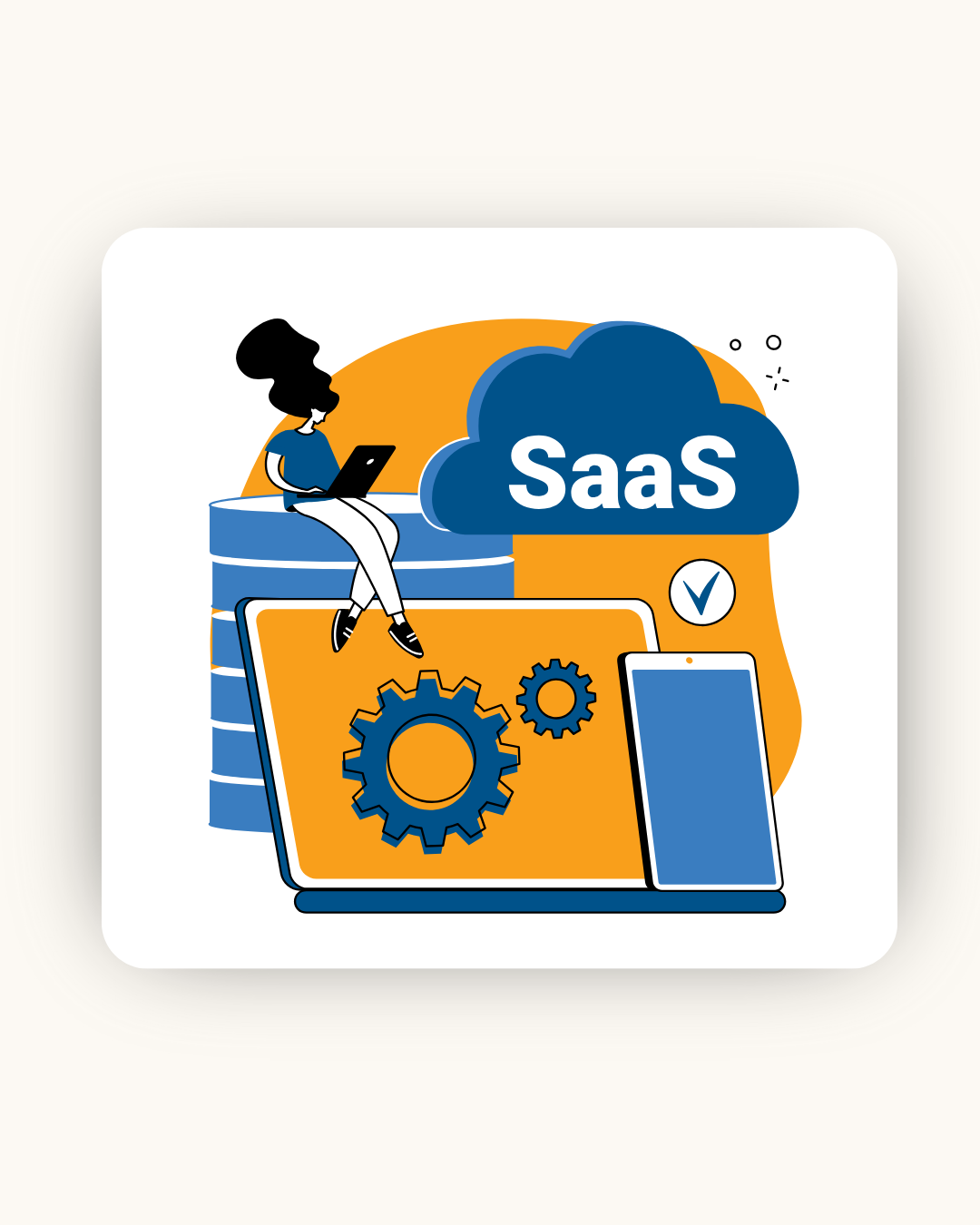
What is Vertical SaaS?
Industry-specific software solutions that tackle unique sector challenges with laser-focused functionality.
Vertical vs. Horizontal SaaS:

Market Opportunity
Growth Projection:
- 2026 Target: $2.93 billion market value
- Growth Driver: Rising demand for customized, industry-specific solutions
- Trend Status: Early stages with massive potential
Why Vertical SaaS is Winning?
Key Advantages:
- Out-of-the-box problem solving for niche industry challenges
- Specialized compliance features built-in from day one
- Higher customer satisfaction through targeted functionality
- Faster implementation with industry-specific workflows
- Premium pricing justified by specialized value
Business Impact:
- Reduced customization requirements
- Lower training costs for users
- Higher customer retention rates
- Stronger competitive positioning
Emerging Vertical Markets
High-Growth Sectors:
- Healthcare → Patient management, compliance tracking
- Legal → Case management, document automation
- Construction → Project management, safety compliance
- Restaurant/Hospitality → POS systems, inventory management
- Financial Services → Risk management, regulatory reporting
- Education → Student information systems, learning management
The Strategic Shift
Industry Recognition:
- SaaS companies understanding the importance of tailor-made solutions
- White label SaaS providers expanding vertical offerings
- Stakeholder-specific tools covering communication, project management, CRM, and accounting
Market Reality:
"As more industries seek specialized software, vertical SaaS adoption will continue accelerating, creating significant opportunities for focused providers."
Success Factors for Vertical SaaS
What Works:
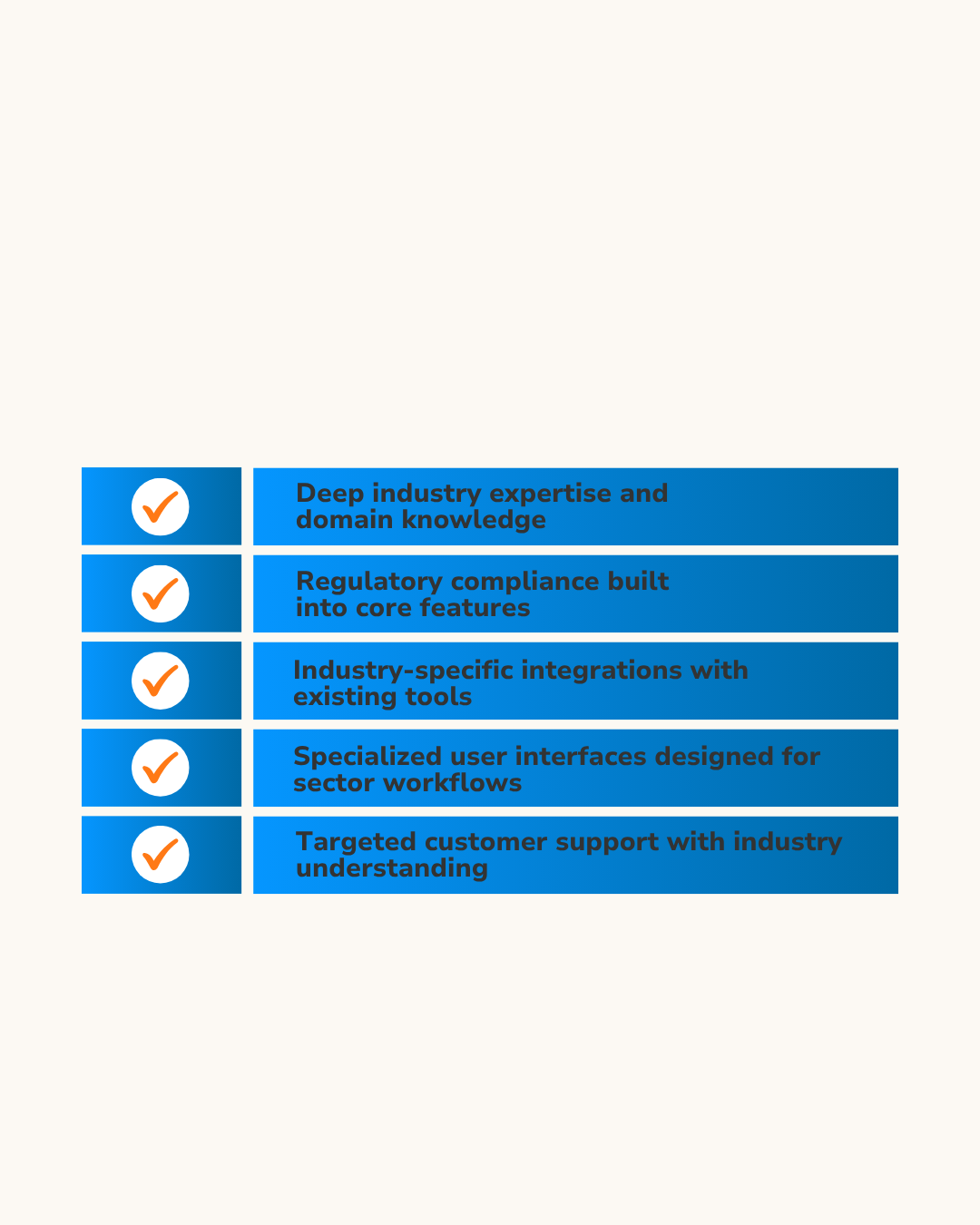
Competitive Advantages:
- Higher switching costs due to specialized features
- Premium pricing power through specialized value
- Stronger customer relationships via industry expertise
- Market defensibility through domain specialization
Action Items for 2025
For SaaS Companies:
- Identify underserved industry niches
- Research specific sector pain points
- Develop industry-specific features
- Build compliance and integration capabilities
- Hire domain experts for credibility
For Businesses:
- Evaluate current generic vs. specialized tool mix
- Research vertical solutions in your industry
- Calculate ROI of specialized vs. horizontal tools
- Consider implementation and training costs
Bottom Line: The future belongs to specialized solutions. Vertical SaaS offers higher value, better fit, and stronger competitive positioning than generic alternatives.
Trend #4: Personalization Becomes a Customer Expectation
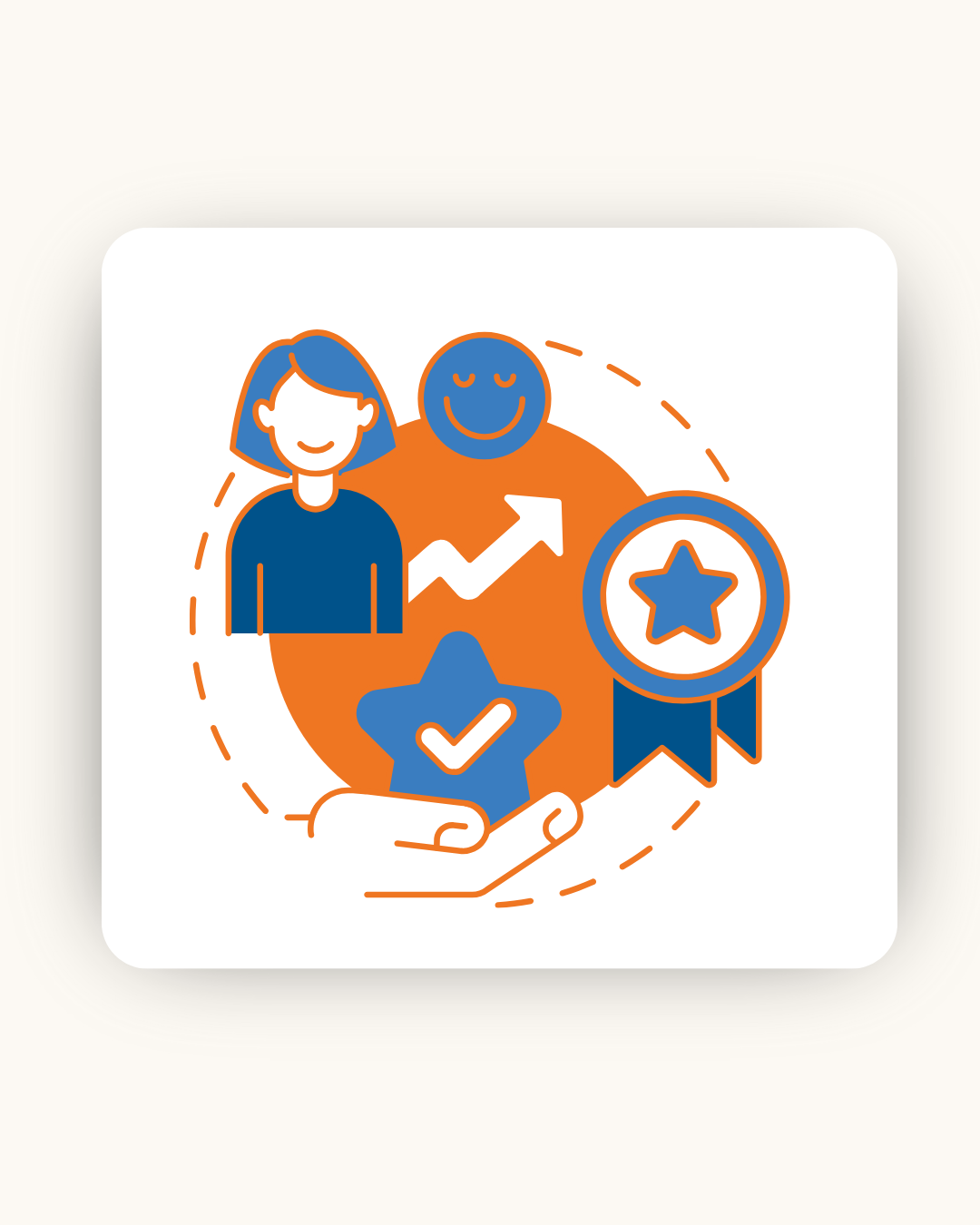
Personalization has evolved from a nice-to-have feature to a fundamental customer expectation in 2025.
Customer Expectations:
- 73% of customers want companies to understand their needs
- 90% are willing to spend more for customized experiences
- 75% of business leaders see clear links between personalized service and better outcomes
Business Impact:
- 56% of businesses make customer experience their primary focus
- Personalized engagement directly drives loyalty, retention, and revenue growth
"The more personalized your approach, the stronger your customer relationships."
— Vlad Voskresensky, CEO of Revenue Grid
Real-World Personalization Applications
1. Tailored Product Recommendations
- How it works: AI analyzes user behavior patterns
- Result: Relevant tool suggestions that boost upsell opportunities
- Impact: Higher feature adoption and customer satisfaction
2. Adaptive Onboarding Journeys
- Customization: Based on user role and prior interactions
- Benefit: Enhanced user experience and faster time-to-value
- Outcome: Reduced churn during critical first 90 days
3. Dynamic Pricing Models
- Flexibility: Pricing structures adapt to individual customer needs
- Advantage: Better alignment between cost and perceived value
- Result: Improved customer acquisition and retention
Example: Financial SaaS Provider
The Process:
- AI analyzes transactional data patterns
- System identifies customer need (e.g., automated expense tracking)
- In-app notification suggests relevant feature
- Result: Boosted feature adoption and customer satisfaction
Key Insight:
Businesses using AI for tailored experiences outperform competitors in customer satisfaction metrics.
5 Key Personalization Strategies
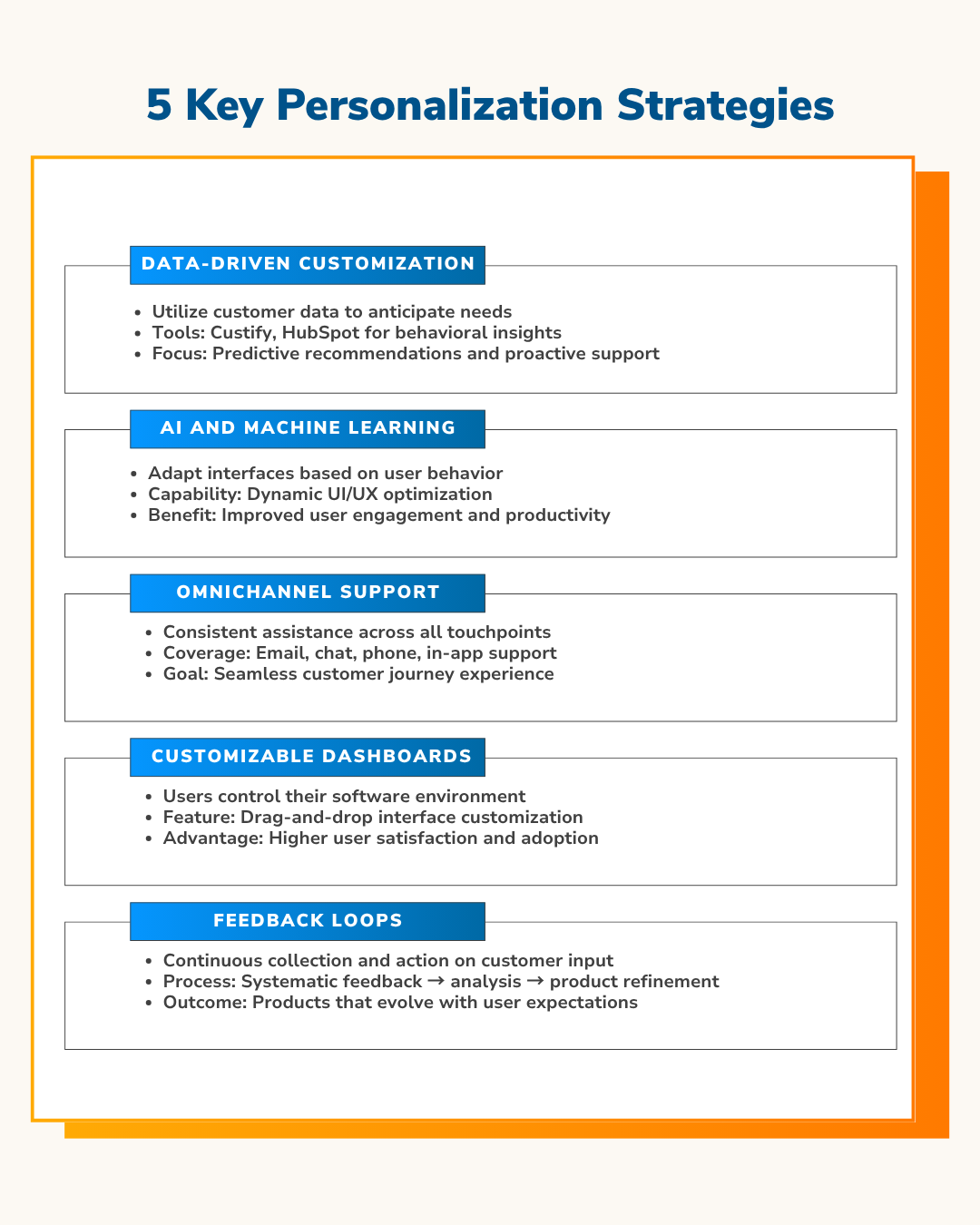
"AI is only as good as the data it learns from."
— Agentforce Event Panelist (2024)
Data Requirements:
✅ Clean data from CRMs and marketing platforms
✅ Integrated systems that break down data silos
✅ Real-time processing for immediate personalization
✅ Comprehensive customer profiles across all touchpoints
Beyond Basic Personalization
True Personalization Includes:
- Behavioral adaptation rather than just name insertion
- Predictive capabilities that anticipate future needs
- Contextual awareness of user's current situation
- Continuous learning from user interactions
Common Mistakes to Avoid:
❌ Surface-level personalization (just using names)
❌ One-time setup without ongoing optimization
❌ Ignoring user privacy and data concerns
❌ Over-personalization that feels intrusive
Implementation Roadmap
Phase 1: Foundation (Months 1-3)
- Audit current data quality and integration
- Implement unified customer data platform
- Establish data governance and privacy protocols
Phase 2: AI Integration (Months 4-6)
- Deploy AI-powered recommendation engines
- Create dynamic onboarding workflows
- Build feedback collection systems
Phase 3: Optimization (Months 7-12)
- Train teams on personalization best practices
- Monitor personalization effectiveness metrics
- Continuously refine and improve algorithms
Competitive Advantage in 2025
Companies Prioritizing Personalization Will:
✅ Strengthen customer relationships and loyalty
✅ Increase customer lifetime value
✅ Reduce churn and acquisition costs
✅ Command premium pricing for superior experience
✅ Gain significant competitive differentiation
Personalization isn't optional—it's the new standard for customer experience. Invest in AI, data strategies, and employee training to deliver the customized experiences customers now expect.
Ready to Transform Your SaaS Strategy? Don't let your business fall behind in this $400+ billion market opportunity. Get in touch with our experts today!
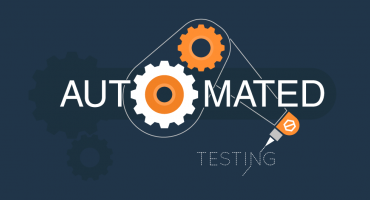
Automated Testing – Top Reasons To Go For It
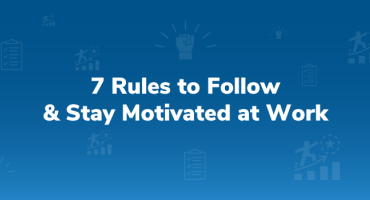
7 Rules to Follow and Stay Motivated at Work


